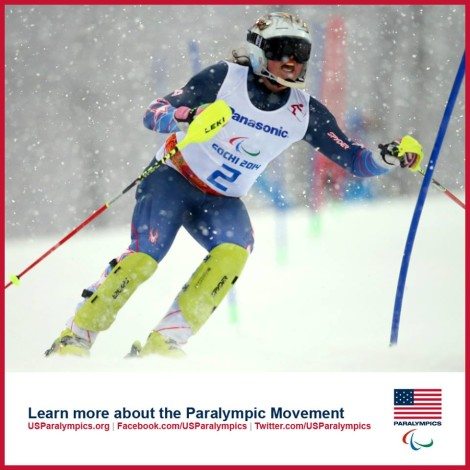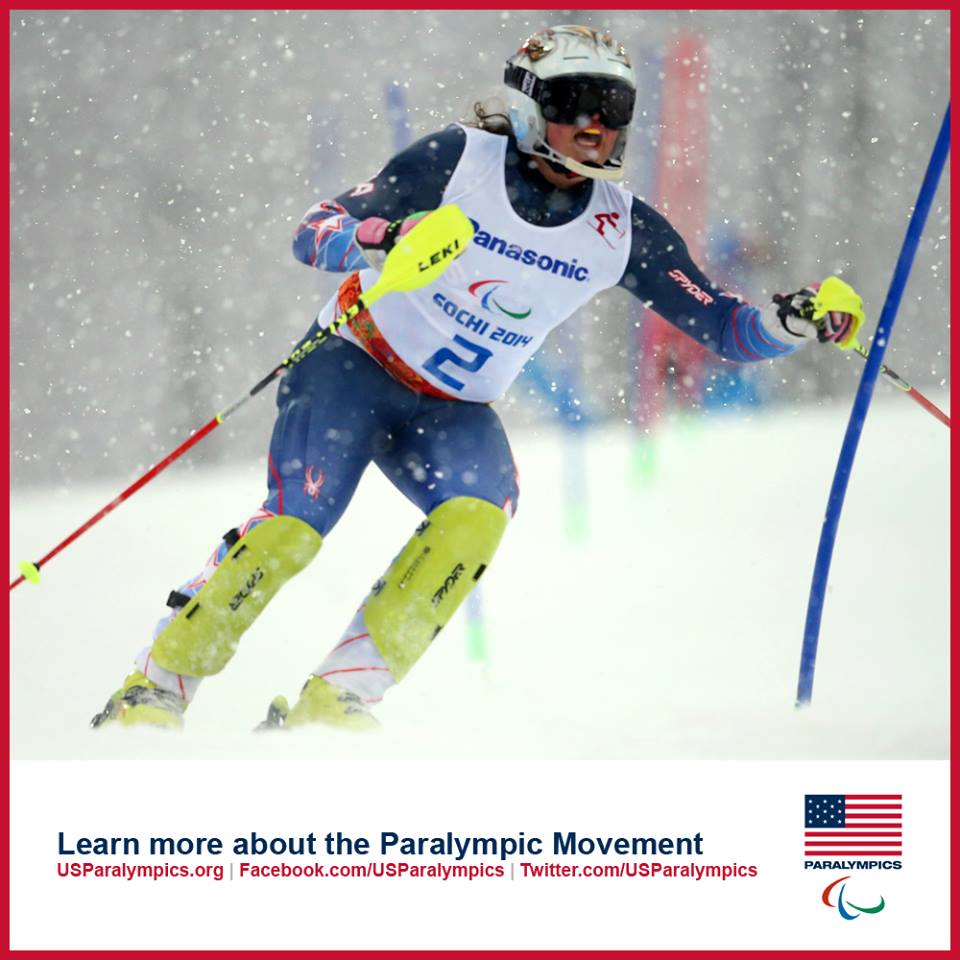
This is a post about the Paralympics. I know what you’re thinking…the Olympics and their partner, the Paralympics are over. Put on a shelf. Waiting another two years to come back and amaze us.
But for me, and millions of other amputees, the Paralympics, and their influence, will directly affect us in the years between the official games. The reason? In a word—new technology.
One of the greatest influences on recent prosthetic designs is the number of soldiers coming back from the Middle East with missing limbs. Walter Reed Medical Center, and its researchers, has stepped up to the plate, and is designing new prosthetics on a regular basis. There are products coming out of their labs that help not just veterans, but civilians like me.
But when it comes to being active, there is another catalyst for prosthetic reform. The Paralympics, and the desire to help a disabled person go as fast as they can, as safely as they can, is also technology that trickles down to me.
The winter Paralympics that took place last month was full of new designs and new ideas, even more so than the summer Paralympics. In many summer events, athletes can compete without their limbs. In almost every one of the winter events, their hardware is up front, critical to their results. From sit skis to hockey sleds, the better the equipment, the better the outcome.

As the Paralympics finally begin to get more television coverage, major design companies are willing to work on ways to make disabled athletes more competitive. Dyson and Boeing are just two of the major companies to recently jump on board.
Able bodied athletes use new technology to train in new ways, and read their bodies in new ways. Swimmers try different suits that guarantee better results. Runners use new techniques on their training days that hope to produce better results on the day of the race.

Adaptive equipment is important on both the practice slopes and in the race itself. Without the new equipment, the race wouldn’t be possible. Then, lucky for me, that new technology shows up at my local prosthetist’s office and changes the way I navigate the world. The foot I wear today is a mini version of the blade worn by amputee runners, known as a Cheetah leg. I don’t run on it (although I could) but it propels every step of my active days.
I may never be a super athlete. But when the think tanks begin to come up with new ways to make my athlete friends win more medals, they’ve also come up with new ideas that change my everyday life. It’s just another reason why it’s important for the able bodied world to pay attention to what’s going on in the Paralympic world. More viewers means more interest in creating better equipment, which means better lives for millions.



